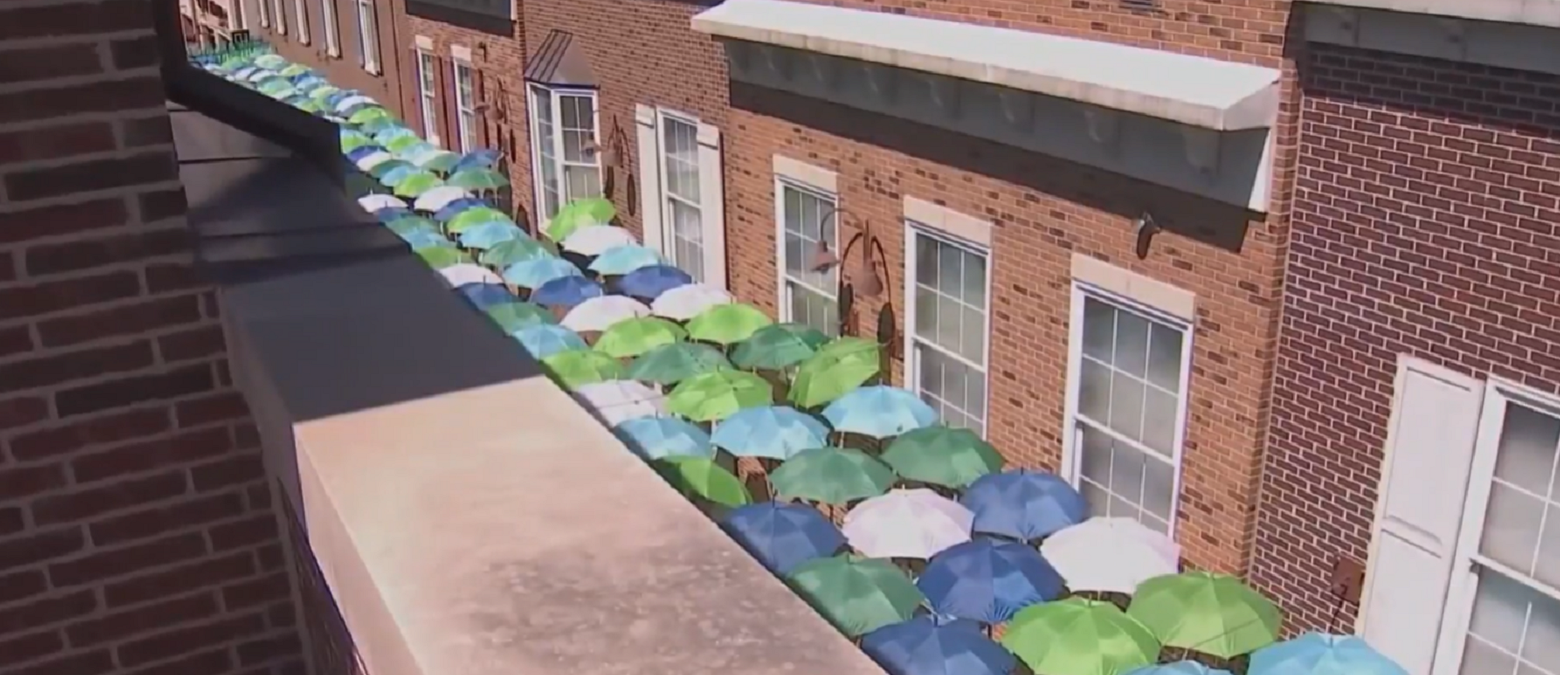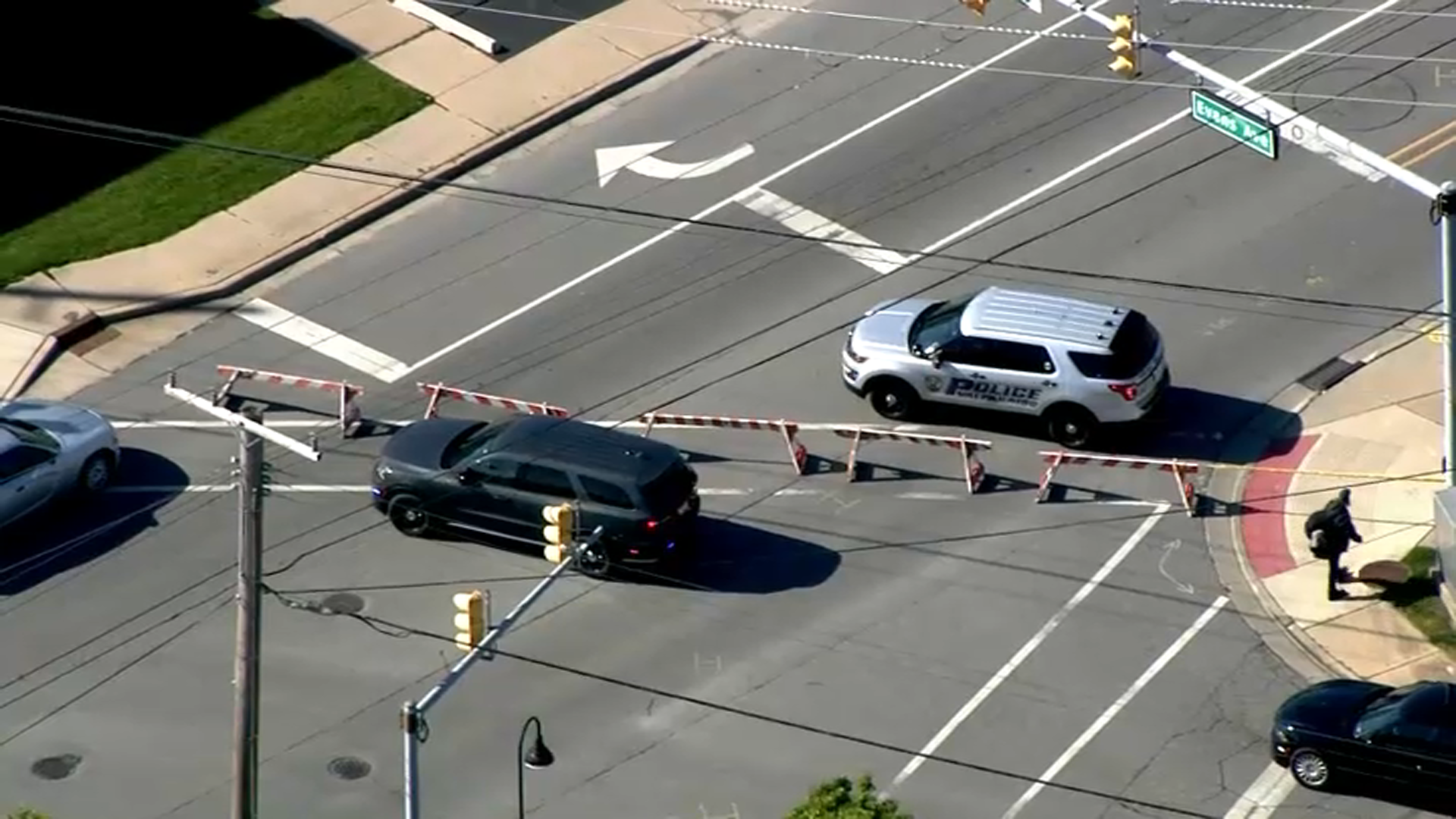Chicago updated its emergency travel order Tuesday, detailing where states currently stand and determining the guidelines on whether travelers must quarantine or test negative for COVID-19 prior to their arrival in the city.
The order now includes 26 states as well as Puerto Rico and the District of Columbia under an "orange tier," which requires a quarantine or pre-arrival negative test before coming to Chicago. The lesser "yellow tier" includes 23. Which tier states fall into depends on case rate adjusted for population.
North Carolina, South Carolina, Oregon, Washington, Nevada, and Puerto Rico moved from the yellow to the orange tier since the city's last update on April 6, officials said. At the same time, Wisconsin, Nevada, Tennessee, and Iowa moved from the orange to the yellow tier.
The city's health department noted that Indiana is above the threshold to move to the orange tier, as well, but will remain in the yellow tier "for another cycle because it’s close to the cut-off and cases are trending in the right direction."
Feeling out of the loop? We'll catch you up on the Chicago news you need to know. Sign up for the weekly Chicago Catch-Up newsletter here.
"If case numbers for Indiana do not drop below the threshold they will be added to the orange tier in two weeks," Chicago's Department of Public Health said.
Also, beginning this week, those who travel from an orange list state and are not able to get a test before arriving in Chicago can use an airport testing site or another testing site upon arrival, officials said, adding that those who get tested upon arrival must still quarantine until they receive a negative result.
Here's a look at which states are in either tier:
- 23 yellow states: Oklahoma, Mississippi, New Mexico, Indiana, Arkansas, Louisiana, Nevada, Kansas, Wisconsin, California, Wyoming, Missouri, Hawaii, Utah, Arizona, Texas, Kentucky, Idaho, Montana, Alabama, Georgia, Tennessee, and Iowa
- 26 orange states, Puerto Rico and District of Columbia: New Jersey, New York, Rhode Island, Florida, Delaware, Connecticut, Colorado, Vermont, Pennsylvania, South Dakota, Massachusetts, Alaska, Virginia, New Hampshire, Minnesota, Michigan, West Virginia, Maryland, Maine, North Dakota, Nebraska, Ohio, District of Columbia, Puerto Rico, South Carolina, North Carolina, Oregon, and Washington
While health officials urged residents to avoid travel if possible, the requirements for each category are as follows:
- Yellow: States with a rolling 7-day average less than 15 cases/day/100k residents.
- No quarantine or pre-arrival test required. Maintain strict masking, social distancing and avoidance of in-person gatherings
- Orange: States have a rolling 7-day average above 15 cases/day/100k residents
- 10-day quarantine OR pre-arrival negative test no more than 72 hours before arrival in Chicago with strict masking, social distancing and avoidance of in-person gatherings
or - Be fully vaccinated, as defined as two weeks after the second dose of a two-dose COVID-19 vaccine or two weeks after one dose of a single-dose vaccine and not have symptoms
- 10-day quarantine OR pre-arrival negative test no more than 72 hours before arrival in Chicago with strict masking, social distancing and avoidance of in-person gatherings
CDPH Commissioner Dr. Allison Arwady said that while more residents continue to get vaccinated, the travel order remains in place as cases in many states rise.
Local
"We look at it every week and as more and more people are vaccinated, it applies to fewer people," she said. "I think what we're going to see is increasingly there will be less need for these kinds of municipal travel orders because we may see airlines, for example, requiring vaccination status, or potentially a pre-testing requirement to travel. I think there's going to be more and more incentives for people to be vaccinated who want to travel and it will increasingly be safer to travel, but we are still, you know, we are clearly in, you know, another optic here in terms of COVID in the U.S. I wish I could say we were past it, but we're just not at this point. So at the moment really encouraging people getting vaccinated is the safest way to protect yourself and then you can do a lot of these other things like travel with much less worry much less need for the testing or the quarantine or any of those pieces."
City health officials updated the order in February to exempt anyone fully vaccinated and without COVID-19 symptoms from the quarantine or test requirement to bring the policy in alignment with guidance from the Centers for Disease Control and Prevention, according to the Chicago Department of Public Health.
"Fully vaccinated is defined as being at least two weeks after receipt of the second dose in a two-dose COVID-19 vaccine series or at least two weeks after receipt of one dose of a single-dose COVID-19 vaccine," CDPH said in a statement at the time.
"Fully vaccinated travelers must monitor their health for 14 days after travel and if they experience symptoms potentially consistent with COVID-19, they must self-isolate until clinical evaluation and COVID testing," CDPH continued. "They also must continue to adhere to all recommended protective measures including wearing a mask (and using job-specific personal protective equipment), maintaining physical distance, practicing hand hygiene, and avoiding crowds."
Health officials still recommended canceling all non-essential travel, vaccinated or not, particularly as cases in Chicago and Illinois have gone up in recent weeks.
"Chicago’s case rate has increased in the past few weeks. This is a time to double down on what we know works to prevent the spread of COVID-19," CDPH said in a statement during the last travel update. "This includes wearing a mask, maintaining social distancing, washing your hands and staying at home as much as you can. Chicago residents are strongly advised to cancel non-essential travel."
The city said it hopes to simply educate travelers about the order, but those found in violation could be subject to fines of between $100 and $500 per day, up to $7,000.
Exceptions can be made for travel for medical care, parental shared custody and business travel for essential workers. It also does not apply to an individual passing through states for less than 24 hours over the course of travel, including layovers at airport or people driving through a particular state. Daily commuters to and from neighboring states are also exempt.
Similarly, Illinois' health department updated its own travel advisory map on April 13.
That map shows much of the U.S. currently under a "Level 2" warning, meaning states have a COVID-19 case rate great than or equal to five cases per 100,000 residents but less than or equal to 50 cases per 100,000 residents.
Michigan was listed under a Level 3, with a COVID case rate of 73 per 100,000 residents, the highest in the U.S. as of that update.
Only Arkansas remained at a Level 1, with a case rate of just four per 100,000 residents.
The State Department on Monday urged Americans reconsider any international travel they may have planned and said it would issue specific warnings not to visit roughly 80% of the world's countries due to risks from the coronavirus pandemic.
The United States hasn't had a global advisory warning against international travel since August, when guidance was revoked by the Trump administration.
The advice issued by the department isn't a formal global advisory. Instead, it says the State Department will start using Centers for Disease Control and Prevention standards as it prepares health and safety guidelines for individual countries. Because of those standards, about 80% of countries will be classified as “Level 4” or “do not travel.”
Travel is also discouraged for the remaining 20%, though not as emphatically. It says people with plans to visit those countries should reconsider before proceeding.
The department did not reveal which countries will fall under which category. That will become known as guidance is issued individually for each country in the coming week.



